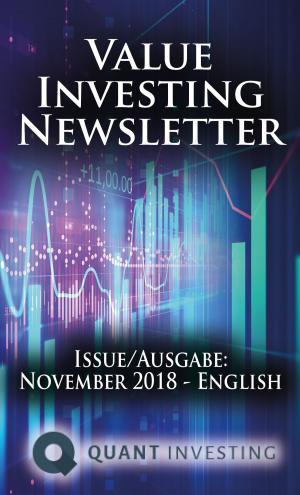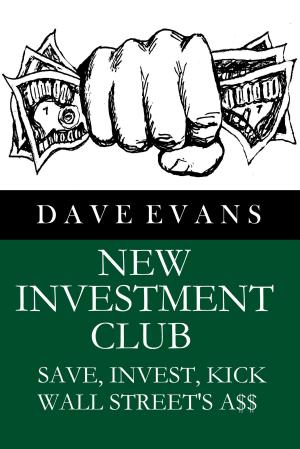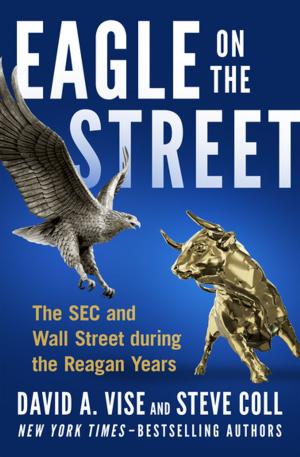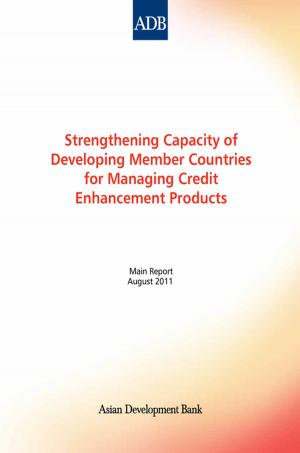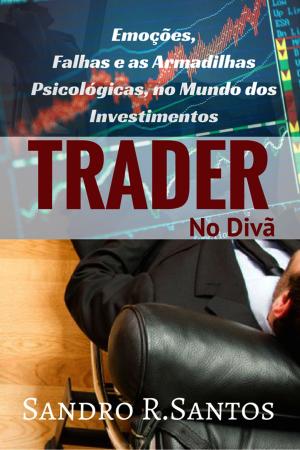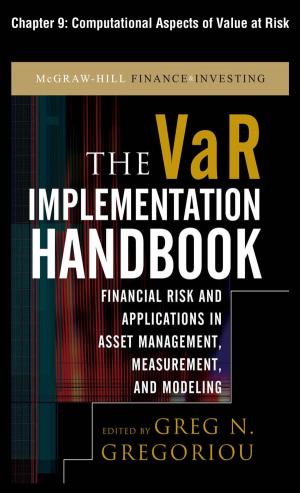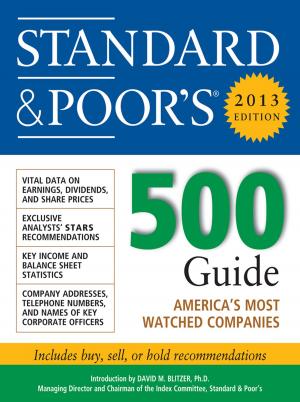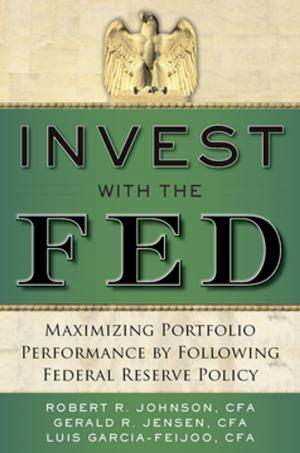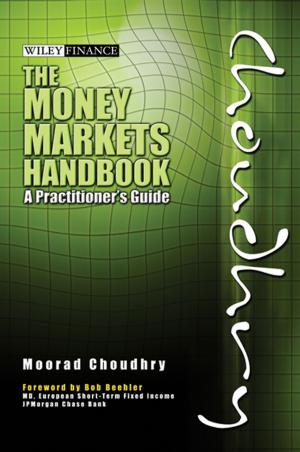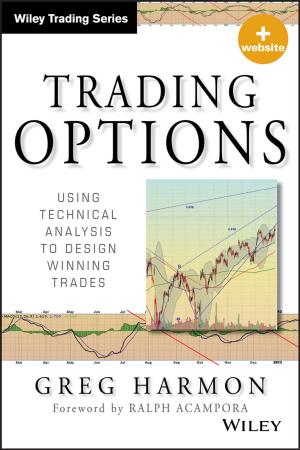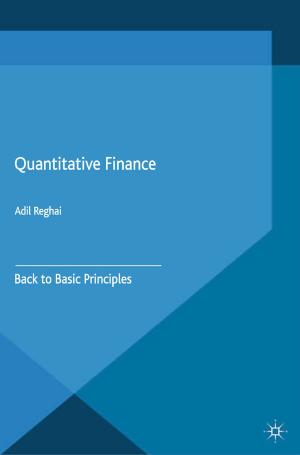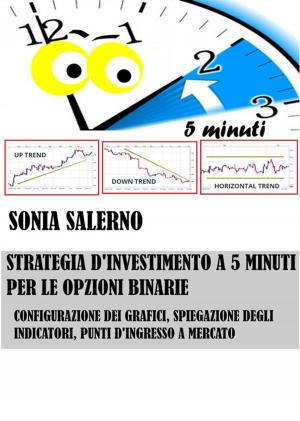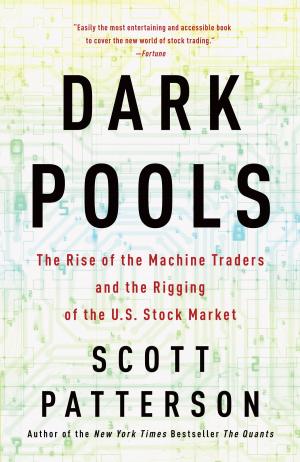Investor Guide to the Lowest Cost ETFs
Business & Finance, Personal Finance, Investing, Finance & Investing, Investments & Securities| Author: | Lawrence J. Russell | ISBN: | 9781301663415 |
| Publisher: | Lawrence J. Russell | Publication: | October 19, 2013 |
| Imprint: | Smashwords Edition | Language: | English |
| Author: | Lawrence J. Russell |
| ISBN: | 9781301663415 |
| Publisher: | Lawrence J. Russell |
| Publication: | October 19, 2013 |
| Imprint: | Smashwords Edition |
| Language: | English |
2019 Edition
This book is for self-directed investors who want to identify quickly the lowest cost diversified exchange-traded funds (ETFs). This book is written by the Managing Director of an independent California Registered Investment Adviser firm, who also holds an MBA from Stanford University, MA from Brandeis University, and BS from MIT.
The core of this book provides tables that list the lowest cost index ETFs, grouped by asset classes, which individuals can purchase through discount brokers. The book explains the research validated screening methods used to select these low cost ETFs and to exclude others.
This book will increase your investment knowledge and help you improve your ability to self-manage your own investments. It helps you to understand the important issues associated with efficient ETF trading and optimal personal portfolio management.
Financial industry personnel receive higher compensation to promote more expensive funds. The vast majority of funds promoted are unnecessarily expensive and will not serve your best interests.
You have to seek out by yourself the lowest cost investment funds. The good news is that low cost ETFs are reasonably straightforward to buy through discount brokers, once you know where to look and what to look for.
Contents Summary:
Chapter 1: Objectives and low cost ETF table examples
Chapter 2: ETFs versus mutual funds
* What are exchange-traded funds and exchange-traded products?
* Are ETF management expenses really lower than mutual funds?
Chapter 3: Rational investment fund selection
Chapter 4: The lowest cost global & international equity ETFs
Chapter 5: The lowest cost US equity ETFs
Chapter 6: The lowest cost international fixed income ETFs
Chapter 7: The lowest cost US fixed income ETFs
Chapter 8: The lowest cost target date & target outcome asset allocation ETFs
Chapter 9: The lowest cost commodities ETFs
Chapter 10: Buying ETFs
* Buying ETFs – Do it yourself
* Do your research – and do it BEFORE you buy
* The stability of low cost ETF management expense ratios over time
* Economic ETF trade size considerations
* ETFs are for traders with open eyes
* Do not purchase ETFs through high cost financial advisors
* The failure of financial advisers to add value in fund selection
* Free financial services advice and the cost of financial advisors
Chapter 11: Other considerations
* The performance conundrum: superior past performance does not predict superior future performance
* Passive index funds have delivered better long-term returns net of costs and taxes
* How many ETFs should a portfolio hold?
* Should a person invest in dividend stock funds?
* Target date funds may not be the best choice
* Invest in fixed income securities through low cost bond ETFs
* Are higher bond fund fees ever worth paying?
* Real estate ETFs versus privately sold REITs
2019 Edition
This book is for self-directed investors who want to identify quickly the lowest cost diversified exchange-traded funds (ETFs). This book is written by the Managing Director of an independent California Registered Investment Adviser firm, who also holds an MBA from Stanford University, MA from Brandeis University, and BS from MIT.
The core of this book provides tables that list the lowest cost index ETFs, grouped by asset classes, which individuals can purchase through discount brokers. The book explains the research validated screening methods used to select these low cost ETFs and to exclude others.
This book will increase your investment knowledge and help you improve your ability to self-manage your own investments. It helps you to understand the important issues associated with efficient ETF trading and optimal personal portfolio management.
Financial industry personnel receive higher compensation to promote more expensive funds. The vast majority of funds promoted are unnecessarily expensive and will not serve your best interests.
You have to seek out by yourself the lowest cost investment funds. The good news is that low cost ETFs are reasonably straightforward to buy through discount brokers, once you know where to look and what to look for.
Contents Summary:
Chapter 1: Objectives and low cost ETF table examples
Chapter 2: ETFs versus mutual funds
* What are exchange-traded funds and exchange-traded products?
* Are ETF management expenses really lower than mutual funds?
Chapter 3: Rational investment fund selection
Chapter 4: The lowest cost global & international equity ETFs
Chapter 5: The lowest cost US equity ETFs
Chapter 6: The lowest cost international fixed income ETFs
Chapter 7: The lowest cost US fixed income ETFs
Chapter 8: The lowest cost target date & target outcome asset allocation ETFs
Chapter 9: The lowest cost commodities ETFs
Chapter 10: Buying ETFs
* Buying ETFs – Do it yourself
* Do your research – and do it BEFORE you buy
* The stability of low cost ETF management expense ratios over time
* Economic ETF trade size considerations
* ETFs are for traders with open eyes
* Do not purchase ETFs through high cost financial advisors
* The failure of financial advisers to add value in fund selection
* Free financial services advice and the cost of financial advisors
Chapter 11: Other considerations
* The performance conundrum: superior past performance does not predict superior future performance
* Passive index funds have delivered better long-term returns net of costs and taxes
* How many ETFs should a portfolio hold?
* Should a person invest in dividend stock funds?
* Target date funds may not be the best choice
* Invest in fixed income securities through low cost bond ETFs
* Are higher bond fund fees ever worth paying?
* Real estate ETFs versus privately sold REITs

